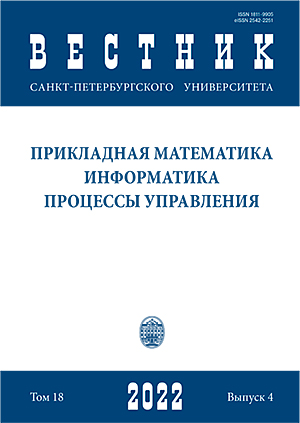New application of multiple linear regression method - A case in China air quality
DOI:
https://doi.org/10.21638/11701/spbu10.2022.406Аннотация
Предлагается эконометрическая модель, основанная на методе множественной линейной регрессии. Это исследование направлено на оценку наиболее важных факторов зависимой переменной. Например, рассматриваются свойства этой модели, качество модели, тест параметров, проверка остатков модели. Затем, чтобы убедиться, что модель прогнозирования оптимальна, используется метод пошаговой регрессии с обратным исключением, чтобы получить окончательную модель. В то же время также необходимо проверять свойства на каждом шаге. Наконец, результаты иллюстрируются реальным случаем качества воздуха в Китае. Полученная модель была применена для прогнозирования индекса качества воздуха (AQI) в 31 городе Китая в течение 2013-2019 гг. Все расчеты и тесты проводились с использованием R-studio. Величина AQI характеризует индекс качества воздуха в Китае. К контрольным переменным относятся шесть факторов загрязнения и четыре метеорологических фактора. Таким образом, модель показывает, что наиболее значительным фактором, влияющим на AQI в Китае, является PM2.5, за которым следует O3.
Ключевые слова:
множественная линейная регрессия, загрязнение воздуха, AQI, проверка гипотез, PM2.5, O3
Скачивания
Библиографические ссылки
Загрузки
Опубликован
Как цитировать
Выпуск
Раздел
Лицензия
Статьи журнала «Вестник Санкт-Петербургского университета. Прикладная математика. Информатика. Процессы управления» находятся в открытом доступе и распространяются в соответствии с условиями Лицензионного Договора с Санкт-Петербургским государственным университетом, который бесплатно предоставляет авторам неограниченное распространение и самостоятельное архивирование.





